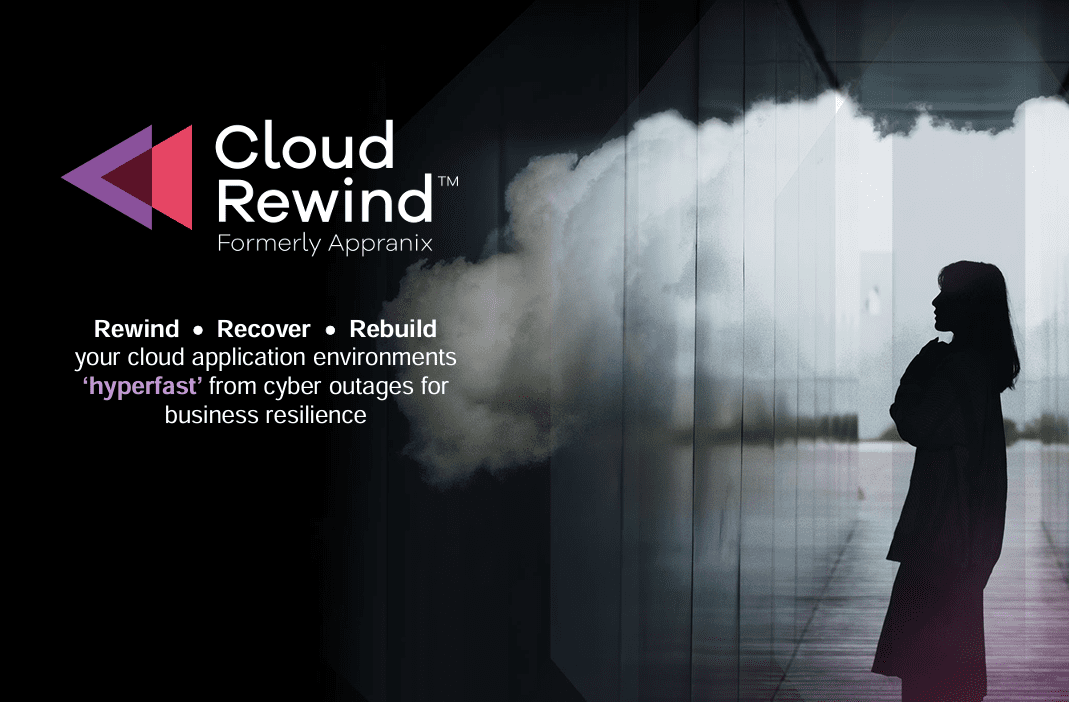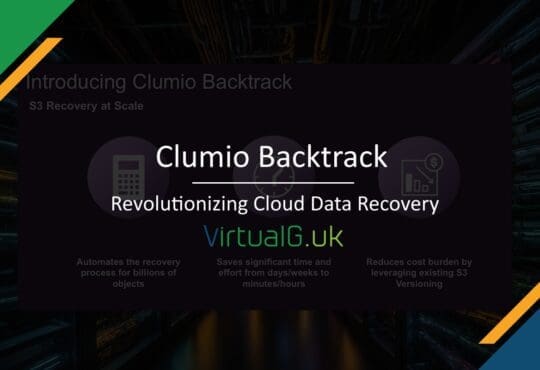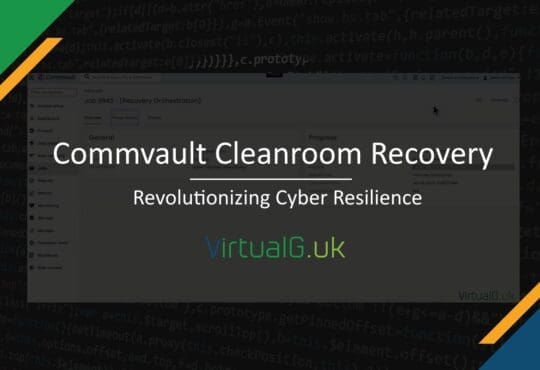Contents
Cyber threats are relentless. Ransomware, breaches, and outages strike daily. Recovery speed is critical. Commvault Cloud Rewind, paired with the Minimum Viability concept, ensures businesses bounce back fast. Formerly Appranix, Commvault Cloud Rewind redefines cyber resilience.
Let’s explore how it works, why Minimum Viability matters, and what’s coming at RSA Conference 2025.
What Is Commvault Cloud Rewind?
Commvault Cloud Rewind is a cyber resilience platform. It’s built to rewind, recover, and rebuild cloud application environments swiftly. Unlike traditional recovery methods, it eliminates complex scripts and runbooks. With one click, entire environments, including dependencies and data, are restored. This is achieved at a point-in-time, across regions, without needing a PhD in cloud technologies!.
The platform supports hyperscale environments. It handles over 100,000 cloud resources and petabytes of data. No installation, agents, or maintenance are required. Kubernetes, Azure, and SaaS integrations are seamlessly supported. Consequently, businesses achieve resilience without added complexity.
What Is Minimum Viability?
Minimum Viability is the core of recovery planning. Per Commvault, it’s the critical applications, assets, processes, and people needed to fulfill an organization’s mission after an attack. This includes infrastructure, mission-critical apps, compliance data, and key operations like IT and customer engagement.
By focusing on Minimum Viability, businesses prioritize essentials. Non-critical elements are deferred, accelerating recovery. Cloud Rewind automates this process, restoring vital components swiftly. As a result, organizations maintain their mission even during crises.
Be sure to checkout the Commvault Cyber Recovery Readiness Assessment to evaluate what you’re doing right and also what you could improve with minimum viability taken into account.
Why Does Recovery Speed Matter?
Downtime is costly. According to Commvault’s, the average cost per minute of downtime is $14,050. Ransomware recovery typically takes 24 days. Revenue loss, fines, and reputational damage pile up quickly. Therefore, rapid recovery is non-negotiable.
Cloud Rewind slashes recovery times dramatically. Traditional methods take 72 hours for a full environment rebuild. In contrast, Cloud Rewind achieves this in under 32 minutes. For example, a large RDS instance recovers in 30 minutes, while smaller tiers take less than 10. This speed transforms business continuity and this speed safeguards Minimum Viability and minimizes damage.
Be sure to checkout the Commvault Cyber Recovery Readiness Assessment to evaluate what you’re doing right and also what you could improve.
How Does Cloud Rewind Work?
The process is straightforward. First, critical assets are identified. These include systems, data, and business operations. Next, downtime impacts are assessed, prioritizing Minimum Viability components. Costs guide decisions, as every minute counts.
Then, a recovery plan is built and tested. Steps include remediating threats, restoring access, recovering communications (e.g., via Microsoft 365), and rebuilding data and infrastructure. Cloud Rewind automates these, ensuring efficiency and precision.
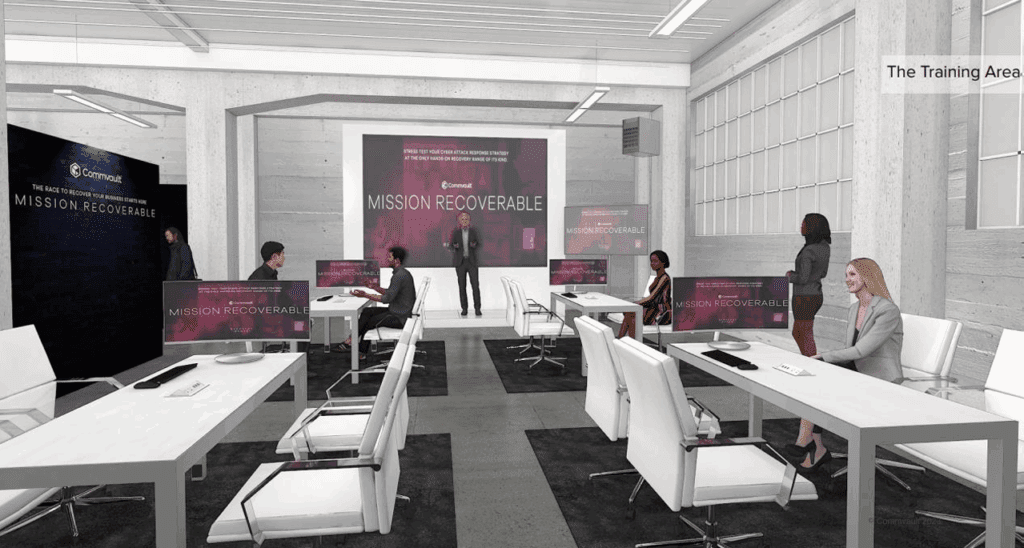
What Sets Cloud Rewind Apart?
Traditional recovery relies on subject matter experts and scripts. These are error-prone and slow. Cloud Rewind, however, automates multi-stack environment rebuilds. It handles all 7-10 layers of complexity, including DNS, encryption, and load balancers.
The platform’s “no SME” approach is revolutionary. Commvault claim that businesses can recover around 4 petabytes in just minutes without specialized knowledge. Additionally, it’s always up-to-date, supporting cross-zone, cross-region, and cross-tenant recoveries. This flexibility ensures resilience in multi-cloud setups.
Is Cyber Resilience Achievable for All?
Absolutely. Cloud Rewind democratizes recovery. Small businesses and enterprises alike benefit from its simplicity. No scripting or runbooks are needed. The platform’s Copilot feature guides users across cloud environments. Thus, resilience is accessible without steep learning curves.
Moreover, Commvault’s 2024 data shows four-tier recoveries in under 10 minutes. This scalability suits organizations of all sizes. Whether managing SaaS apps or Kubernetes clusters, Cloud Rewind delivers. Its no-maintenance model further reduces operational overhead.
How Does It Integrate with Existing Systems?
Integration is seamless. Cloud Rewind supports physical and cloud systems. It works with mission-critical apps and third-party platforms. For instance, secure email and collaboration tools like Google Workspace are easily restored. Network configurations, VPCs, and security groups are also rebuilt accurately.
This compatibility extends to compliance needs. Operational and backup data are prioritized during recovery. Consequently, regulatory fines are avoided. Businesses maintain trust while resuming operations swiftly.
Why Is Testing Crucial?
A plan untested is a plan untrusted. Commvault emphasizes building and testing recovery plans. Cloud Rewind’s automated approach simplifies this. Threats are simulated, and recovery is validated. This ensures readiness for real-world attacks.
Testing also highlights downtime costs. By understanding impacts, businesses prioritize critical assets. Regular testing builds confidence in recovery processes. As a result, organizations face threats with preparedness, not panic.
What’s the Business Impact?
The impact is profound. Rapid recovery minimizes revenue loss. Brand reputation is preserved. Customer trust remains intact. Furthermore, regulatory compliance is maintained, avoiding hefty fines. Cloud Rewind turns cyber recovery into a competitive advantage.
A top mortgage lender’s story illustrates this. Using Cloud Rewind, they frequently test their recovery in just a few clicks. Operations could be brought up quickly and with minimal effort, without disruption. This case underscores the platform’s real-world value.
How Does Commvault Support Ongoing Resilience?
Commvault views resilience as a journey. Cloud Rewind is part of a broader platform. It integrates with Commvault’s Recovery Range, powered by SimSpace. This offers immersive labs to simulate attacks and recovery. Businesses gain hands-on experience, enhancing preparedness.
Additionally, Commvault’s experts provide guidance. From initial setup to ongoing optimization, support is comprehensive. This ensures organizations evolve with emerging threats.
Join Commvault at RSAC 2025
Curious about Cloud Rewind and Minimum Viability? Experience them live at the RSA Conference 2025 in San Francisco, April 28 – May 1.
Don’t miss Recovery Range, an immersive lab where you’ll tackle real cyber attacks and practice rapid recovery with Cloud Rewind. Seats are limited, so register now.
Commvault will showcase its cyber resilience solutions at booths N-5678 and N-4308 in North Expo. Demos will highlight the platform’s speed and simplicity.
A speaking session, “A Modern Data Protection Architecture,” is scheduled for April 30 at 2:10 PM. Public Sector Day on April 28 at Hilton San Francisco Union Square will also feature Commvault.
Book a meeting to connect with experts like Pranay Ahlawat, Chief Technology and AI Officer.
Ready to dive in? Register for RSAC 2025 and see Cloud Rewind in action.
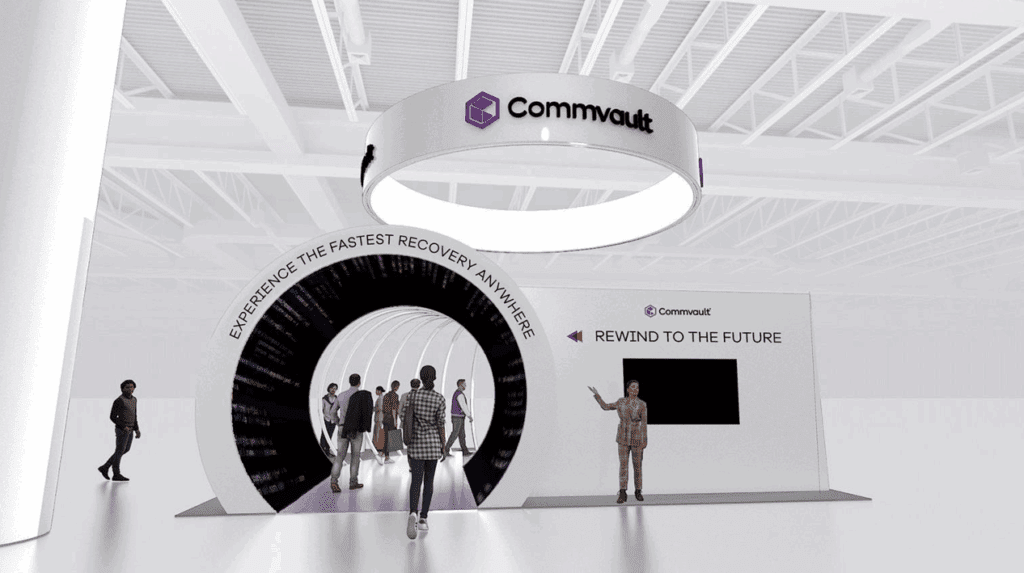
Final Thoughts
Cyber resilience is no longer optional. Commvault Cloud Rewind offers a path to rapid, reliable recovery. Its automation, speed, and simplicity set it apart. Businesses can recover in minutes, not days. Downtime costs are minimized, and trust is preserved.
At RSAC 2025, you can witness this technology firsthand, so be sure to visit the booth if you’re planning on attending!


